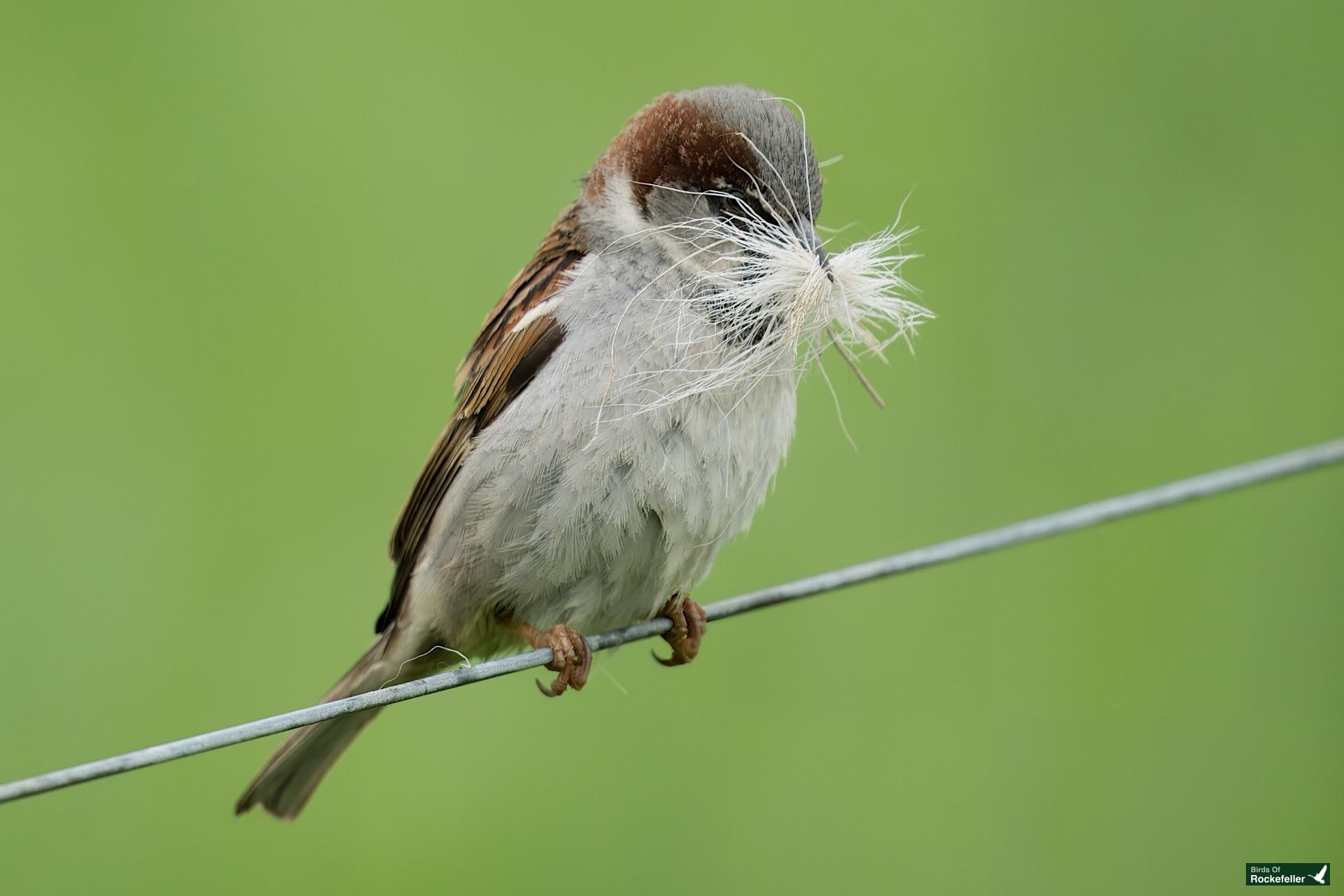Starting out in bird photography can be challenging, but mastering a few key skills will make all the difference. Here are the essential areas to focus on as a beginner, based on my own experience and lessons learned.
Patience: The Foundation of Bird Photography
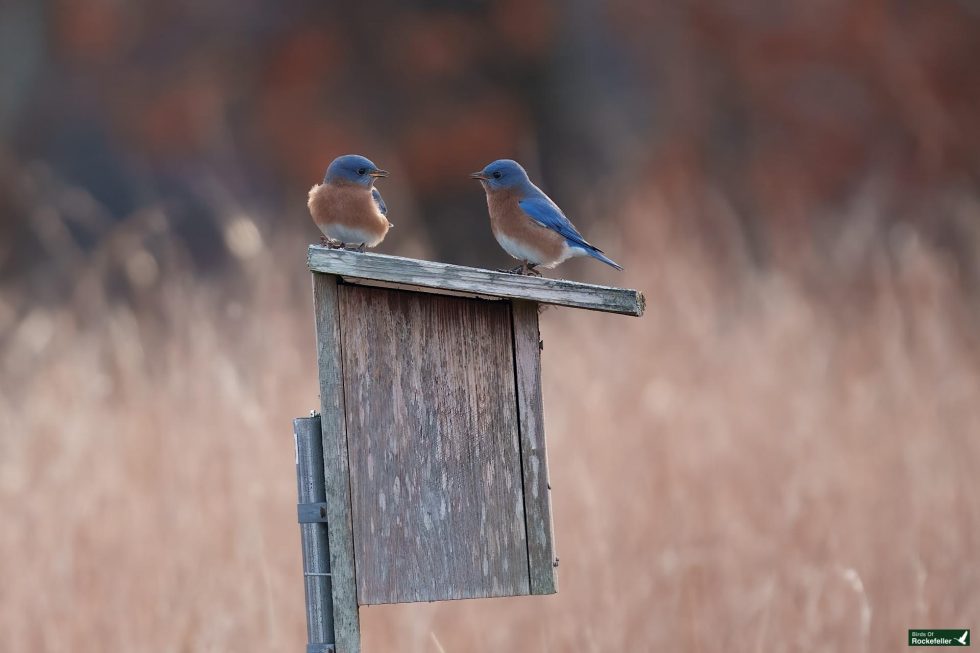
Birds are unpredictable. They don’t follow your schedule, and when they do show up, they often move quickly or stay hidden. Patience is critical—it’s about waiting for the perfect moment to get the shot.
Early on, I made the mistake of giving up too soon. I’d pack up, only to see birds arrive right after I left. The key is learning to embrace the waiting. Bring a comfortable chair or stand in a quiet spot, ready to capture the action when it happens. Over time, patience will become one of your greatest assets. And by the way it’s the most difficult things for me!
Observation: Learn to Read Bird Behavior
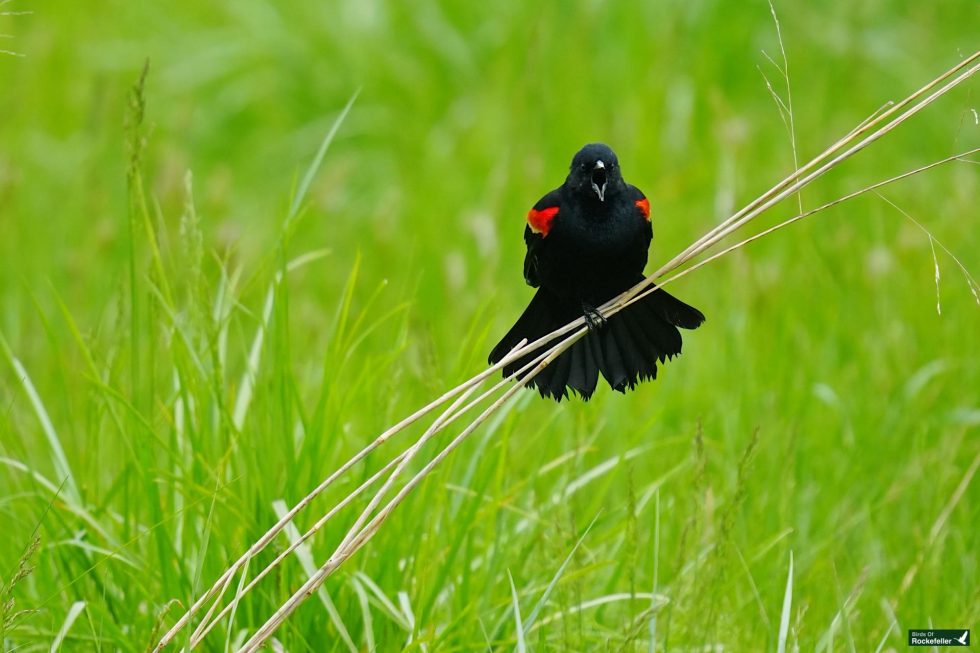
Understanding how birds behave is a game-changer. Birds often give subtle signals before they take off, land, or interact with each other. By observing these cues, you can anticipate their actions and position yourself for better shots.
For instance, a bird may fluff its feathers, crouch slightly, or shift its weight before flying. These small details can help you capture dynamic images, like a bird mid-flight or just as it lands on a branch. As a beginner, I focused too much on snapping pictures without paying attention to what the birds were doing. Once I started observing, my photos became more engaging and captured moments of action rather than static poses.
How to improve observation skills:
• Spend time watching birds without your camera.
• Learn about bird species and their unique behaviors through field guides or apps like Merlin Bird ID.
• Practice predicting movements by observing patterns, such as feeding or preening routines.
Stealth: Blend Into the Environment
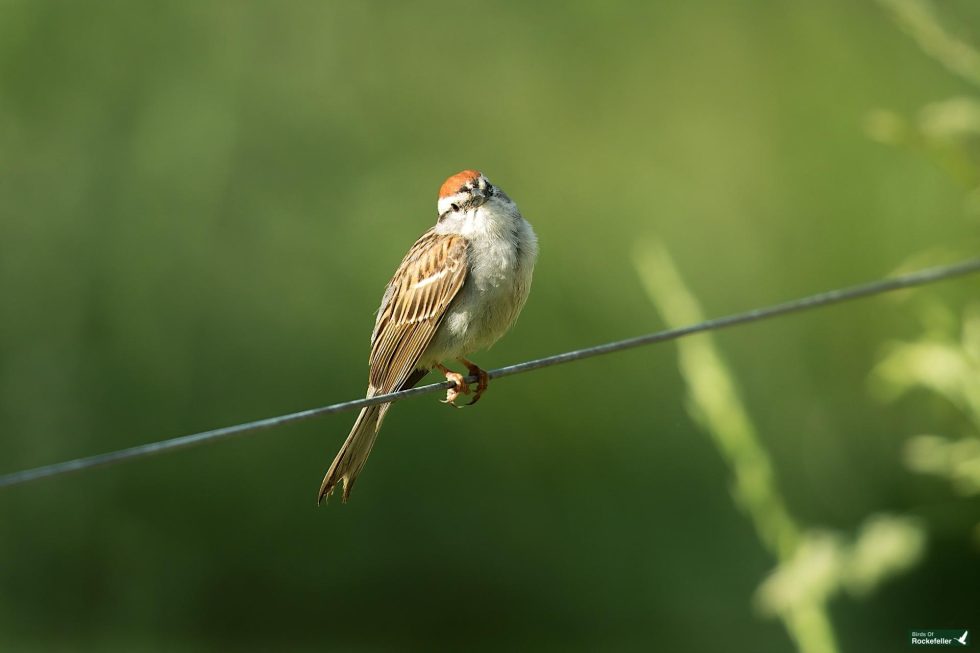
Birds are easily startled by sudden movements, loud noises, or bright clothing. To get close enough for great shots, you need to be quiet, move slowly, and minimize your presence.
When I started bird photography, I often made the mistake of crunching loudly through trails or wearing bright jackets. Birds would fly off before I even got my camera ready. Now, I plan ahead:
• Wear muted, natural colors to blend into the environment.
• Move deliberately and slowly, avoiding abrupt motions.
• Use natural cover like trees or shrubs to approach birds without alarming them.
This stealthy approach not only gets you closer to birds but also allows you to capture them in more natural, relaxed behaviors.
Composition: Tell a Story Through Your Photos
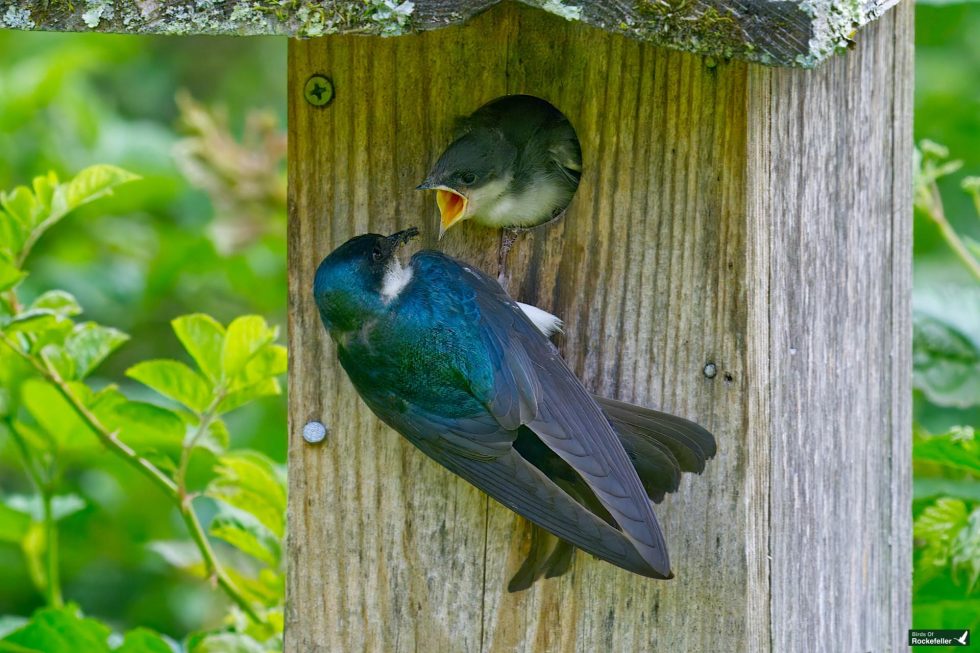
A well-composed photo is more than just a picture of a bird—it draws the viewer in and tells a story. Beginners often focus entirely on the bird, but including elements like branches, berries, or water reflections can make your photos more dynamic and visually appealing.
Start with the rule of thirds, placing the bird slightly off-center in the frame. This creates a balanced and professional look. Also, pay attention to the background:
• Avoid cluttered or distracting elements that take focus away from the bird.
• Use depth of field to blur the background (a wide aperture like f/5.6 or lower helps).
• Look for leading lines, like tree branches, that direct the eye toward the bird.
With practice, you’ll develop an instinct for framing shots that highlight both the bird and its surroundings.
Technical Skills: Master Your Camera Settings
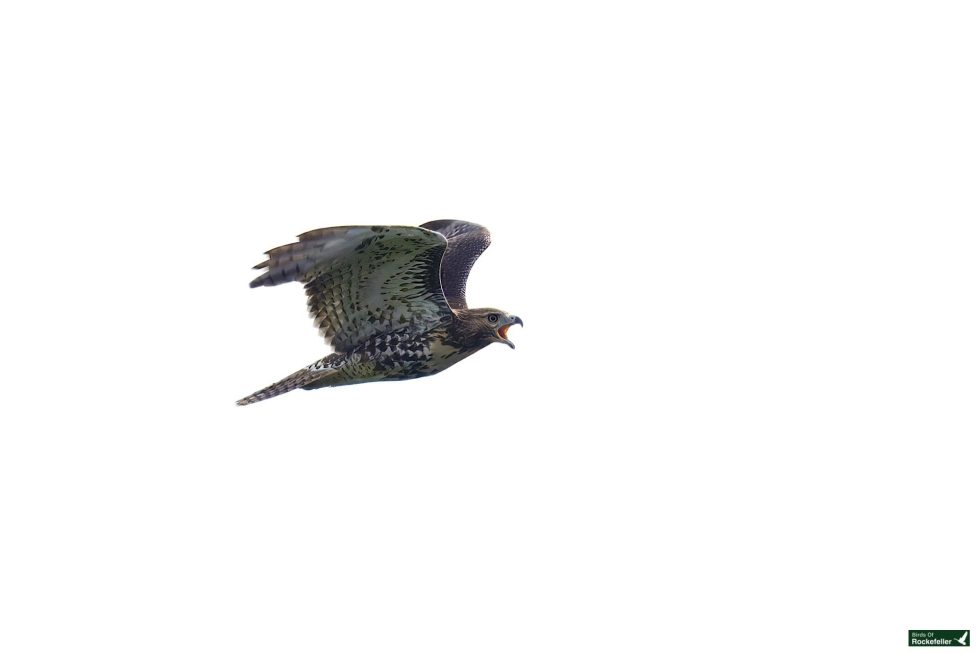
Using your camera effectively is non-negotiable in bird photography. While automatic settings might seem easier at first, they often fall short in challenging conditions, like low light or fast action. Learning to shoot in manual or semi-manual modes gives you control and consistency.
Here’s what to focus on:
• Shutter Speed: Use a fast speed (e.g., 1/1000 or faster) to freeze movement.
• Aperture: A wide aperture (e.g., f/5.6 or lower) creates a shallow depth of field, making the bird stand out against a blurred background.
• ISO: Adjust ISO to maintain proper exposure without introducing too much noise. Start at ISO 400 and increase as needed for low light.
Practice changing these settings quickly, as birds rarely stay in one spot for long. Early on, I relied heavily on auto mode, but once I learned how to adjust these settings manually, my images improved dramatically.
Final Thoughts on Beginning Bird Photography
Mastering these essential skills—patience, observation, stealth, composition, and technical know-how—will set you on the path to becoming a confident bird photographer. Each skill builds on the others, helping you capture sharper, more engaging images of your avian subjects.

